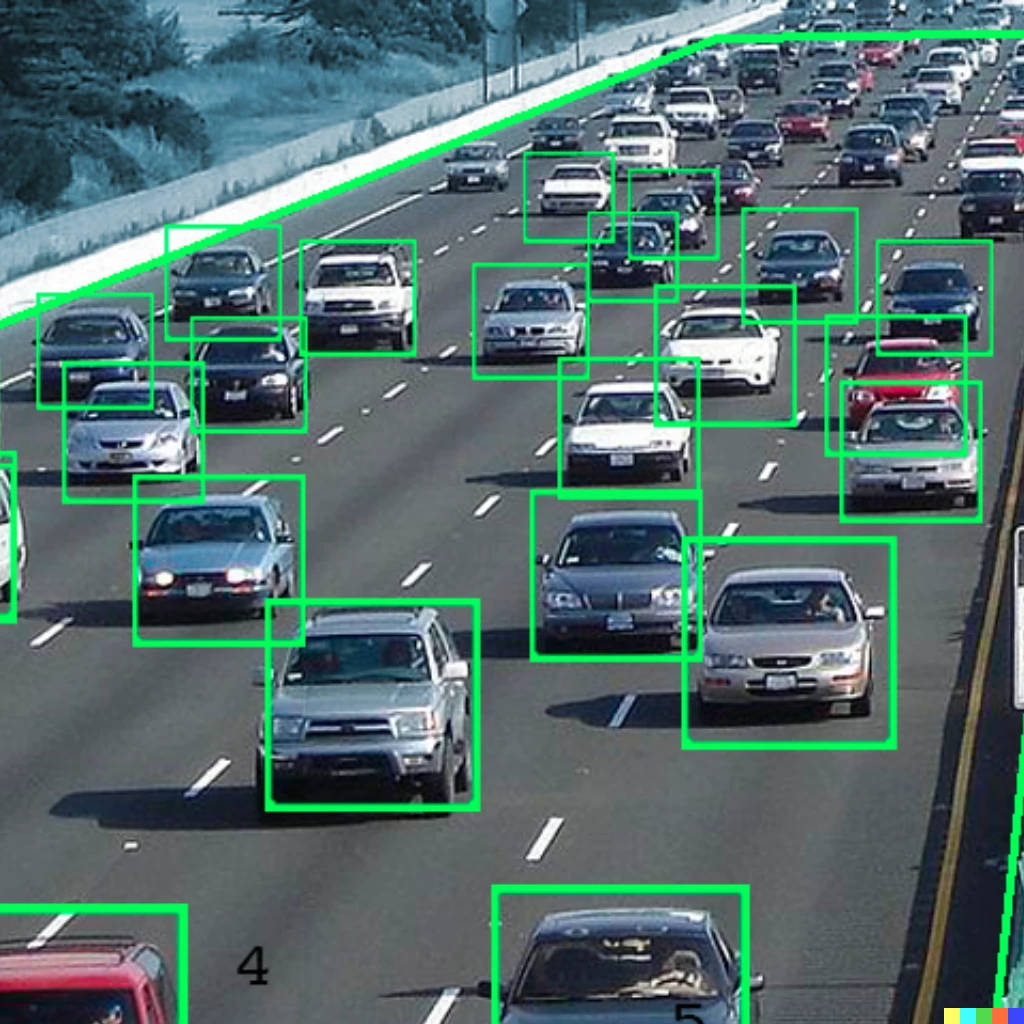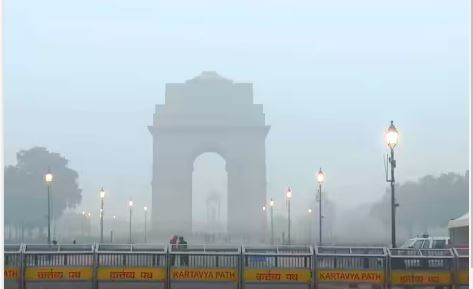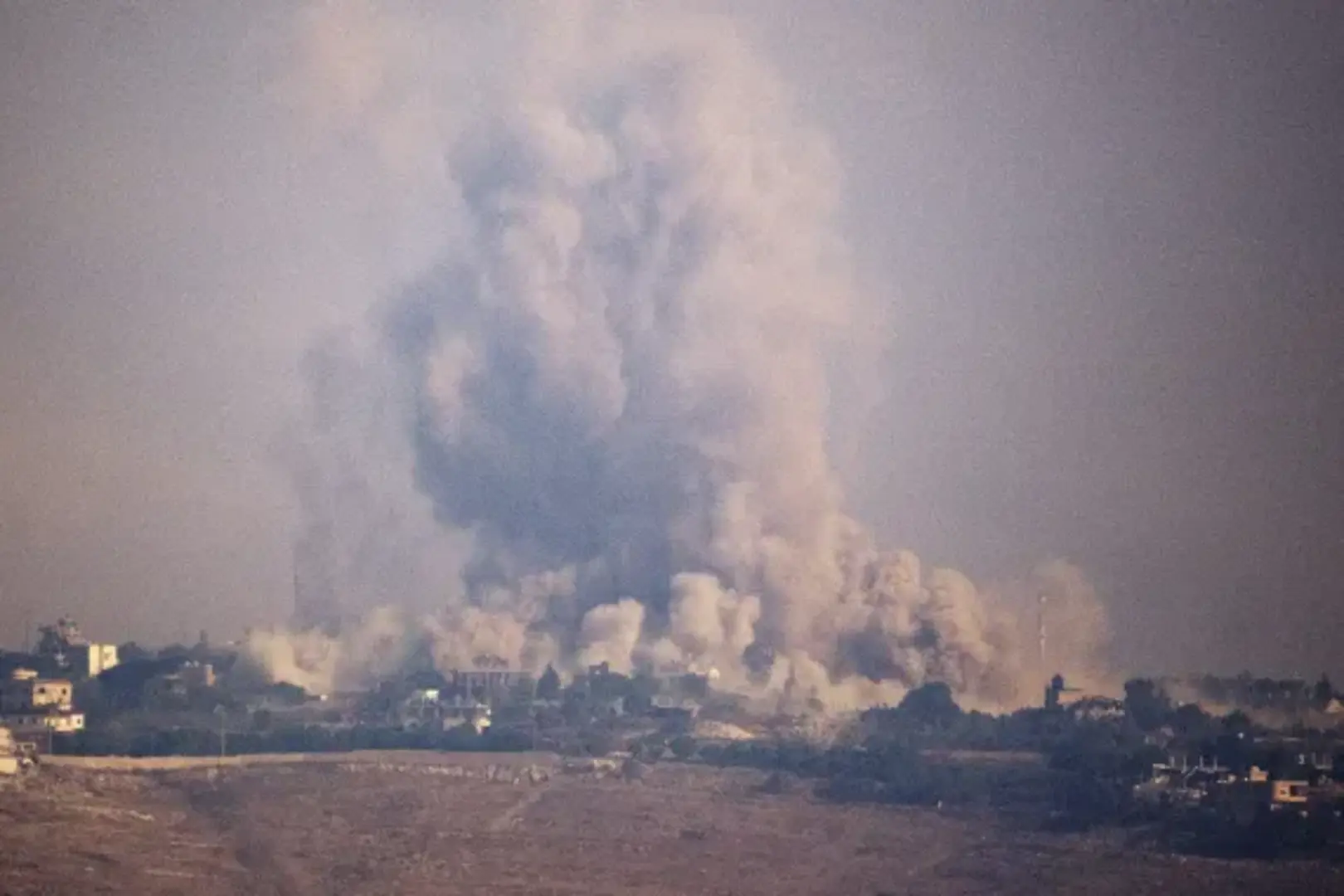
Current technology plays a crucial role in traffic flow monitoring and coordination, revolutionizing the way traffic systems operate. From intelligent sensors to advanced data analytics, these innovations have significantly improved transportation efficiency, safety, and sustainability.
One of the key technologies is the deployment of smart sensors and cameras across road networks. These devices gather real-time data on traffic density, vehicle speed, and congestion levels.
This data is then transmitted to centralized control centers, where sophisticated algorithms process the information to provide insights into traffic patterns. This allows authorities to make informed decisions and adjust traffic signal timings in real time, optimizing traffic flow and reducing congestion.
Heavy traffic and road overcrowding have become the new normal. Overcrowding on roadways results in slower speeds, longer travel times, and more vehicles queuing. Populations are growing past their carrying limits, and adding additional roads and related infrastructure is out of reach for these expansive populations. Although traffic can never be totally removed, it can be managed to reduce delays, keep speeds consistent, and increase travel time reliability. For that we need a smart traffic management system.
There are many new introduced technologies in the market that can help traffic authorities way better:–
Red Light Violation Detection System
Red light violation and speeding is a major cause of road collisions. The offenders tend to violate traffic rules if they know that they can get away with it without getting caught. The system shows the entire violation scenario, and captures the image of the number plate of the violating vehicle.
Radar Based Speed Violation Detection System
It can detect speed upto 320kmph. Vehant’s RADAR cam measures range, horizontal angle, vertical angle, radial speed, shadows and other parameters of multiple stationary and moving targets simultaneously.
Speed Violation Detection System
Video based speed violation detection system is capable of assessing speed, direction and range of driving, using cameras with HD technology. This system has a user -friendly interface with the capacity of covering multiple lanes.
Wrong Way Detection System
Marks Wrong-Way Driving Detection violation when the vehicle is found to be moving in the opposite direction to the pre-defined direction of motion.
No Helmet Violation Detection System
An automated helmet detection system can distinguish a person wearing a helmet from those who don’t.
Triple Riding Violation Detection System
It is a video based automated system for two-wheelers. The main objective of this system is to identify that three people are riding the vehicle.
Cameras placed at various locations, such as intersections, highways, and busy streets, capture real-time video footage of traffic conditions. Solution providers are using image processing and computer vision algorithms to extract relevant information from these videos, such as vehicle counts, speed, and lane occupancy. This information is used to estimate vehicle density, analyze traffic patterns, and detect incidents like accidents or congestion.
Furthermore, the integration of GPS and mobile technology has enabled the development of navigation apps that offer real-time traffic updates and alternative route suggestions.
Moreover, data analytics tools are now being used to gain deeper insights into traffic trends. By analyzing data, authorities can identify recurring congestion points and implement long-term solutions, such as road expansion or construction of additional lanes. Predictive analytics can also help forecast traffic patterns during special events, enabling planners to take proactive measures to manage increased traffic loads.
In terms of sustainability, technology has facilitated the implementation of intelligent transportation systems (ITS) that promote eco-friendly practices. Current technology is playing a pivotal role in reshaping the landscape of traffic flow monitoring and coordination. The integration of smart sensors, mobile technology, and data analytics has transformed transportation systems, making them more efficient, safe, and environmentally friendly. As technology continues to advance, we can expect further innovations that will continue to optimize traffic flow and enhance the overall commuting experience.
Mr. Kapil Bardeja is CEO and Co-Founder of Vehant Technologies















